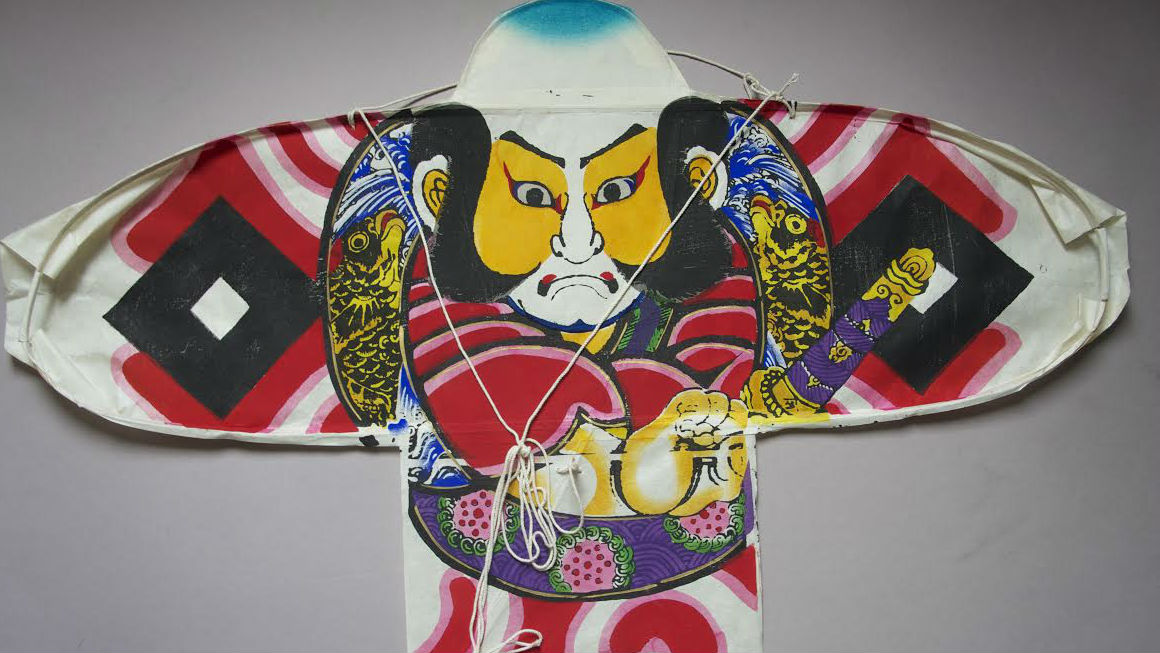
Japanese-style kites will soar above Central Park Stapleton in Denver Tuesday and Wednesday during the city’s first ever Japanese Kite Festival.
A venerated tradition passed down through generations, kite culture in Japan dates back to the 1600s.
The event is an initiative of the Japan America Society of Colorado (JASC). According to JASC executive director Claudine Locascio, the organization hopes the festival will inspire more interest in Japanese culture among Coloradans.
Locascio says JASC was compelled to hold the event after seeing other American cities experience success with kite festivals -- most notably the Japan American Kite Festival in San Diego. That event has grown to attract approximately 12,000 visitors since its launch in 2000.
“Denver has a lot of sunshine, great wind and beautiful hilly parks,” Locascio says. “We decided the city was be an excellent candidate for such an event.”
JASC partnered with the city of Denver and timed the festival with “Denver Days,” a week-long effort launched by the city that aims to get residents more involved in their surrounding community.
For the event, JASC is bringing in kite master Mikio Toki.
Toki has presided over similar festivals in southern California and Washington. But Denver’s Japanese Kite Festival represents the craftsman’s first visit to Colorado.
A Tokyo native, Toki says he has been immersed in kite culture for most of his life.
“When I was young, kite flying was a popular pastime for children in Japan,” Toki says. “I was about 10 when I made my first kite. But the kite would not fly.”
Despite an unsuccessful start, Toki continued to make kites and is now regarded as one of the best kite-makers in the world.
He specializes in “Edo-Kaku-Dakos” -- rectangular kites crafted with handmade Japanese paper with multiple long bolsters called bridle lines to balance the kite while it’s in flight.
The various illustrations on Toki’s kites depict characters and scenes from Japanese storybooks. The artisan says he uses “sumi,” a type of black ink, as well as colorful dyes to paint the kites.
“This creates a stained-glass effect when the kites are flown in the sky,” Toki says.
Visitors to the festival can catch Toki’s creations in flight, as well as learn how to make their Tokyo-style kites. Toki, along with Colorado kite maker Scott Skinner, will offer kite-making workshops at the park’s main pavilion.
Derek Okubo, executive director of the city’s Agency for Human Rights and Community Partnerships, worked with JASC to launch the festival. Okubo says it very much aligns with the city’s vision of cultivating strong global relationships.
There are approximately 5,000 Japanese-Americans living in Colorado, according to 2011 figures gathered by the Consulate General of Japan in Denver. Around 1,200 Japanese-Americans reside in the Denver metro area.
In addition to the kite festival, Japanese culture is currently being explored in the Metro area and beyond in other ways.
These include the Denver Art Museum’s exhibition of 20th Century Japanese prints and a display of works by Colorado artists inspired by the great 18th - 19th century Japanese artist Hokusai currently underway at the University of Colorado, Colorado Springs.
“One of the things Mayor Hancock is trying to do is highlight Denver as an international city,” Okubo says. “When we were talking about celebrating Denver during Denver Days, we wanted to have that international flavor.”









